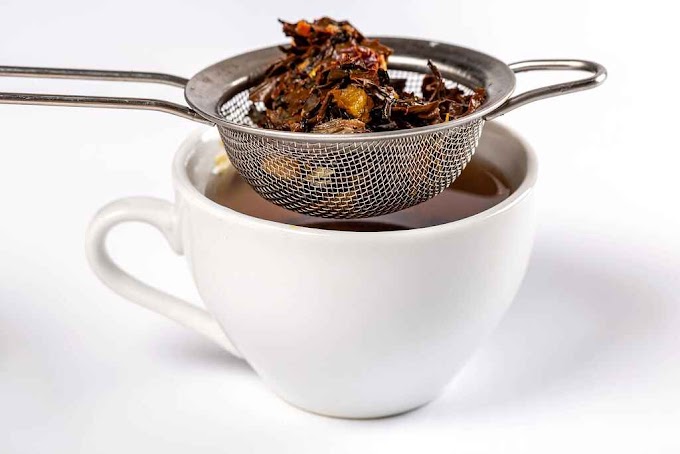Goodricke Castleton Vintage Darjeeling Tea
Goodricke Castleton Vintage Darjeeling Tea is one of the most highly prized teas in the world. Grown in the high-altitude gardens of Darjeeling, India, this tea has a unique taste and aroma that has captured the hearts and palates of tea connoisseurs all over the world. In this post, we will explore the history, cultivation, taste, and brewing of Goodricke Castleton Vintage Darjeeling Tea.
History of Darjeeling Tea
The story of Darjeeling tea begins in the mid-19th century, when the British first established tea gardens in the Darjeeling district of West Bengal, India. The cool, misty climate and high altitude of the region proved to be perfect for growing tea, and soon Darjeeling tea became famous for its unique taste and aroma.
The first tea garden in Darjeeling was established by a British civil servant named Dr. Arthur Campbell in 1847. Other tea gardens followed, and by the turn of the century, Darjeeling had become one of the largest tea-producing regions in the world.
Today, Darjeeling tea is protected by a Geographical Indication (GI) status, which means that only tea grown in the Darjeeling district of West Bengal can be called Darjeeling tea. This has helped to preserve the unique taste and aroma of Darjeeling tea, which is still highly prized by tea lovers all over the world.
Cultivation of Goodricke Castleton Vintage Darjeeling Tea
Goodricke Castleton Vintage Darjeeling Tea is grown in the Castleton tea garden, which is located in the Kurseong Valley of Darjeeling. This tea garden was established in the 1880s and has a long and storied history.
The tea bushes in the Castleton tea garden are grown at an altitude of around 5,000 feet, which is considered to be the ideal altitude for growing Darjeeling tea. The cool, misty climate and well-drained soil of the region also contribute to the unique taste and aroma of the tea.
The tea bushes in the Castleton tea garden are mostly of the China and Assamica varieties, which are known for their unique flavor profiles. The tea bushes are carefully tended by experienced tea workers, who use traditional methods to maintain the quality and flavor of the tea.
Harvesting and Processing of Goodricke Castleton Vintage Darjeeling Tea
The harvest season for Darjeeling tea usually begins in late March or early April and lasts until November. Goodricke Castleton Vintage Darjeeling Tea is a second flush tea, which means that it is harvested during the second flush of growth in late May or early June.
During the harvesting process, only the top two leaves and a bud are plucked from the tea bushes. This is done by hand to ensure that only the highest quality leaves are used to make the tea.
After the leaves are plucked, they are withered for several hours to reduce their moisture content. They are then rolled by hand or machine to break down the cell walls and release the natural flavors and aromas of the tea.
The rolled leaves are then allowed to oxidize, which is the process that turns the leaves from green to brown. The length of time that the leaves are oxidized determines the final flavor and aroma of the tea.
Finally, the leaves are fired or dried to stop the oxidation process and preserve the flavor and aroma of the tea. This is done using traditional methods such as sun-drying or firing in a large oven.
Taste and Aroma of Goodricke Castleton Vintage Darjeeling Tea
Goodricke Castleton Vintage Darjeeling Tea is known for its complex and delicate flavor profile. The tea has a floral





.jpeg)




.jpg)


